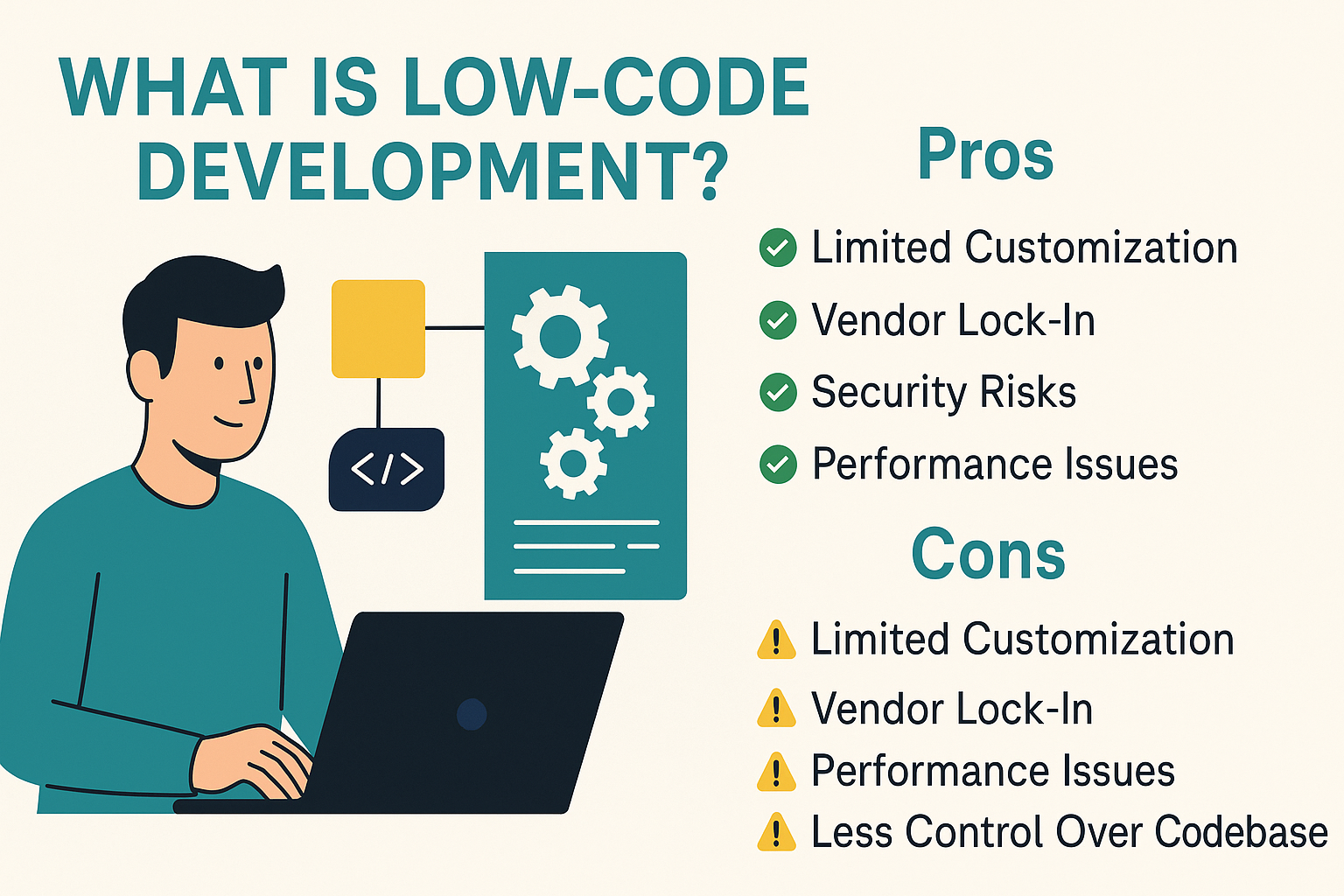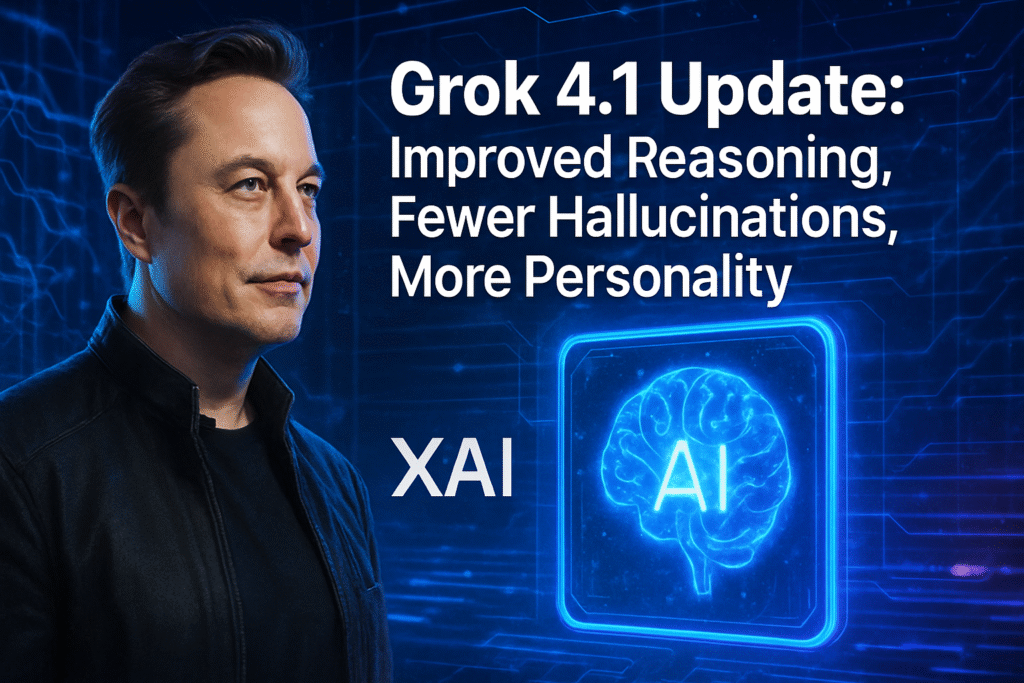
What Is Low-Code Development? Pros and Cons Explained
In today’s fast-paced digital world, businesses and developers are constantly looking for faster, more efficient ways to build applications. One of the most disruptive trends in software development is low-code development. But what exactly is it, and is it the future of programming or just a passing fad?
What Is Low-Code Development?
Low-code development is a software development approach that uses visual interfaces, drag-and-drop tools, and pre-built components to create applications with minimal hand-coding. These platforms are designed to simplify and speed up the development process, allowing both technical and non-technical users to build functional apps.
Some popular low-code platforms include:
- OutSystems
- Mendix
- Microsoft Power Apps
- Appian
- Zoho Creator
These tools are especially useful for creating internal business applications, prototypes, and workflow automation without deep programming expertise.
Pros of Low-Code Development
- Speed and Agility
Low-code platforms dramatically reduce development time. Businesses can go from idea to deployment in weeks instead of months.
- Lower Development Costs
With less reliance on highly skilled developers, companies can save money on hiring and training.
- Empowers Citizen Developers
Non-developers (like project managers or business analysts) can build basic apps themselves, reducing the bottleneck in IT departments.
- Faster Iteration
Changes and updates can be made quickly through visual tools, enabling agile development cycles and faster response to user feedback.
- Built-in Integration and Scalability
Many low-code platforms offer native integrations with enterprise software like Salesforce, SAP, and Microsoft tools, making it easier to scale solutions.
Cons of Low-Code Development
- Limited Customization
Low-code tools can be restrictive for complex or highly customized features. You may still need traditional coding for advanced use cases.
- Vendor Lock-In
Applications built on proprietary platforms can be hard to migrate or export, tying you to a specific vendor.
- Security Risks
Security controls may not be as robust as in custom-coded applications. This is critical for apps handling sensitive data.
- Performance Issues
Some low-code solutions may not perform as efficiently as custom-built apps, especially under high load or with complex logic.
- Less Control Over Codebase
Developers have less visibility and control over the underlying code, which can lead to maintenance challenges in the long term.
Is Low-Code Right for You?
Low-code development is ideal for:
- Startups needing to build MVPs quickly
- Businesses looking to automate internal processes
- Enterprises wanting to enable digital transformation with limited developer resources
However, for mission-critical applications or systems requiring deep customization and performance optimization, traditional development is still the better path.
Conclusion
Low-code development is revolutionizing how we build software in 2025. It offers incredible speed, accessibility, and cost savings—but also comes with trade-offs. Whether you’re a startup founder or an enterprise IT leader, understanding the strengths and limitations of low-code platforms can help you make the right choice for your development strategy.





